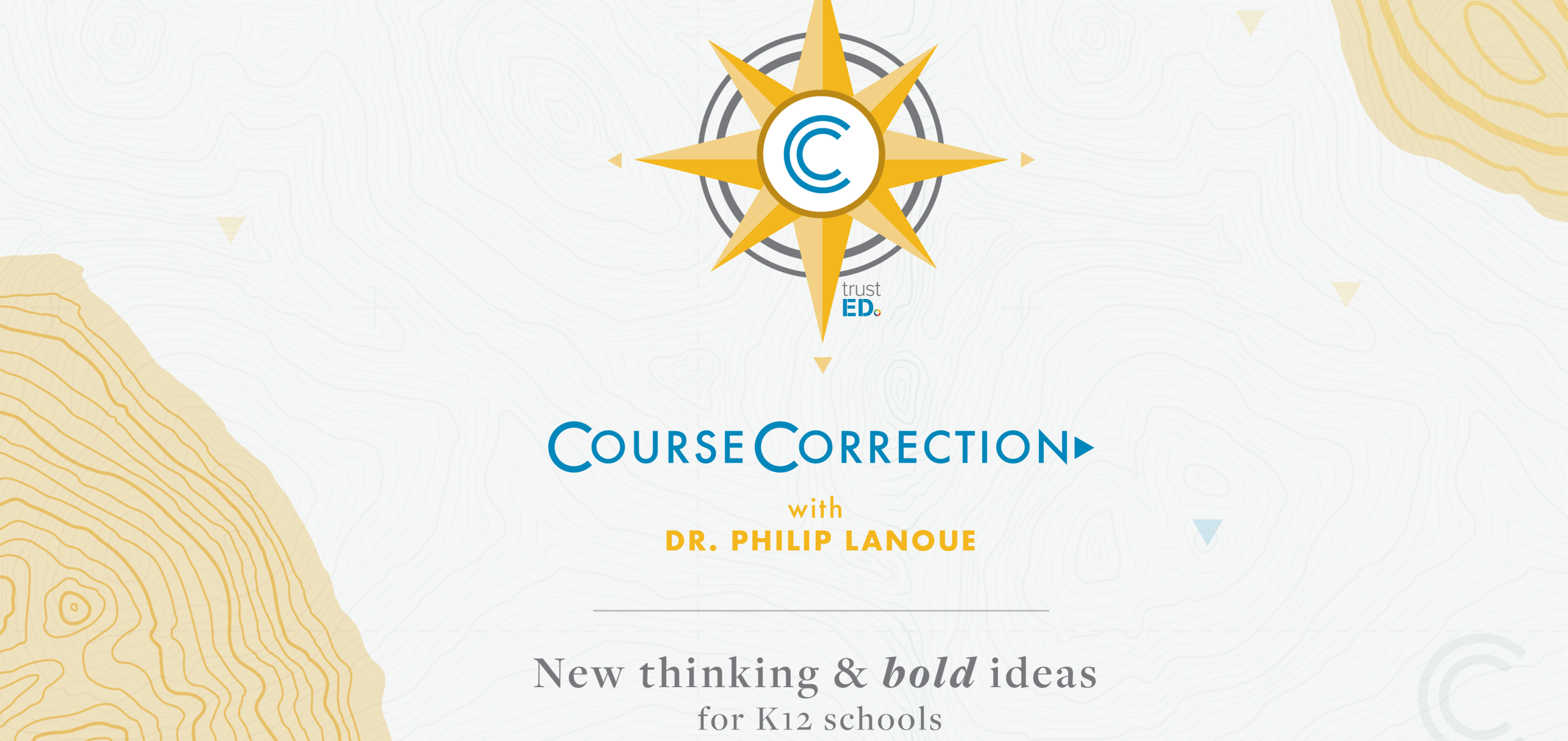
Last month, I wrote about educating students for the digital world they will live in by redesigning our schools and learning spaces. I advocated for a radical shift away from our preoccupation with test scores to developing and preparing individual learners for the future rather than the past.
If our schools are to achieve this radical shift, our school leaders must redefine the 21st-century classroom and embrace a learner-focused culture. The old factory-style approach with the test at the end won’t cut it. The changes we choose to make have to be about the evolution of student learning, and not what’s easiest to measure.
Alison Gopnik (2016), from the University of California, Berkeley, writes,
“The new information economy, as opposed to the older industrial one, demands more innovation and less imitation, more creativity and less conformity.”
In other words, this isn’t just about doing school “better.” It’s about transforming our work.
Over the last decade, I was privileged to work with many talented teachers and school leaders. As a superintendent, much of my work focused on creating a collaborative planning process with a strong focus on teacher practices.
I talked for years about every data point having a “face”—one data point for every student in the system, all of it monitored by test results. Recently, though, I’ve reached a new conclusion: faces are not data points. Rather, each face contains multiple pieces of information. It’s the stories and the individual circumstances behind each of those faces that really matter.
Understanding this distinction, the questions for teachers become: What do we know about our students as individuals and how do we activate their learning based on what we know?
It’s all about providing choice and including students in the learning process. This is a far different approach than identifying testing gaps and writing remediation plans.
Want more great education thought leadership? Sign up for the TrustED newsletter.
Using the Nellie Mae Education Foundation’s four pillars of a individualized and learner-centric culture, ask these questions:
- Learning is Personalized: In your classrooms, do students engage in their learning in different ways and in different spaces? Do they benefit from individualized work and formative assessments meant to address students’ needs and interests?
- Learning is Competency-Based: Can students move ahead on a subject when they have demonstrated mastery of content as opposed to when they have undergone the required hours in a classroom?
- Learning Happens Anytime, Anywhere: Does learning take place beyond the traditional school day or the school year? Or, is it restricted to the classroom?
- Students Take Ownership Over Their Learning: Are students engaged in their own success. Are their personal and academic interests incorporated into the learning process?
So, what does this look like in the classroom?
Now that we understand the foundation for creating a learner-centric culture, we can determine what needs to change in our classrooms and how new innovations, such as technology, can help.
Here’s a few ideas from my own experience:
- Curricular content should be easily accessible in multiple formats and available anywhere at any time, so that students have access to the content that best meets their interests and personal learning needs.
- Software should be adaptable, helping students to better identify and understand both their academic strengths and growth areas. Proficiency as determined by practice is preferred compared to proficiency determined by test scorers.
- Teachers should use analytics to better identify individual needs and align services and resources to support them.
- Communication tools and social media can connect students to each other and with other students around the world.
- New innovations provide new ways to keep parents informed and engaged.
- Access to information is more equitable and available, which makes it possible for students to collaborate and solve more problems.
In the end, it comes down to working with teachers to change the culture in your classrooms. Rather than counting the faces and relying on test scores, use the tools and resources at your disposal to understand the stories behind those faces—because that’s what really counts.
